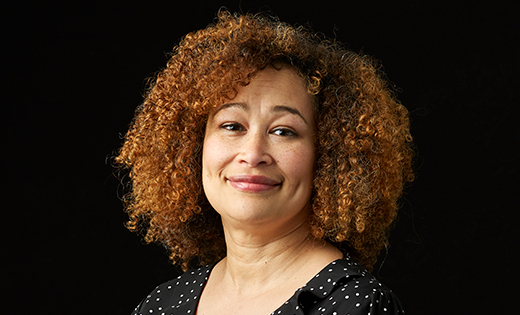Inside Track | Community approach to enhancing student success
An Inside Track feature by Louise Banahene, Director of Educational Engagement, outlines how our University community is working together to further enhance positive outcomes among students at Leeds.

It’s so good to see campus busy with students and staff enjoying the Campus Live programme and more. Many of us will have had conversations about a return to, or a feeling of, normality. It’s this kind of experience at the start of a new academic year, and the year-round Welcome programme, that will shape a positive start to University life.
Building new connections, understanding the expectations around their educational journey, feelings of belonging and being valued are all identified in international and institutional research as factors in ensuring students succeed. And this includes continuing in their studies. I’ve spoken to students who’ve described the sense of being overwhelmed, but also of excitement, as they have their first teaching sessions, use our libraries and join clubs and societies. I’m sure this will resonate with many interactions you experience.
Hidden curriculum
Our institutional research has found that all students work to feel they belong and to adapt. However, this can be easier for some than others. Students from minoritised groups, including commuters and mature learners, are less likely to feel they fit in. And our students will experience their education in a different way as a consequence. Similarly, our annual belonging survey for students highlights the challenges when you don’t know what you don’t know.
We increasingly talk about this as the ‘hidden curriculum’ – the way in which we might design our education with a set of assumptions in mind. This can be about the knowledge our students hold, their understanding of the services available and why they may or may not access them, or the norms and behaviours that are required to succeed.
Our Access and Student Success strategy outlines institutional priorities we’ve committed to implement to maximise student success, including non-continuation. It’s a measure that looks at whether a student who starts on their course of study remains. However, it’s a much broader indicator of the way in which we create an environment where we can develop graduates who can take on global challenges regardless of background. Losing some groups more than others only feeds into the wider diversity issues across society. To address this, there’s an intentional two-pronged approach within our strategy priorities – structural change and implementation of interventions. For me, they’re both vital, but the way in which we balance these is crucial.
Enhancing student success
We can change our systems by intentionally designing the way in which our minoritised students experience their education. If we design with these groups in mind, all are likely to benefit. Designing with our students only strengthens this. We’ve seen this in the way the year-round Welcome programme has been developed in the Faculty of Biological Sciences, and the way in which panels for minoritised students have shaped structural changes across the Faculty of Arts, Humanities and Cultures. The inclusion of measures to enhance student success in all school action plans also allows for co-ordination at a strategic level to support identified change.
However, there’s more we can do to deepen our understanding of how we make structural changes to maximise progress between years of study. As we continue to develop this, there will be opportunity to build this into our Curriculum Redefined project.
Interventions such as the Plus Programme, Lifelong Learning Centre and faculty models, in areas such as the Faculty of Environment, focus on targeted engagement to build networks and minimise barriers.
Key priorities
Alongside this longer-term change, there’s the more immediate consideration of our intake of new taught students, as well as those progressing between years. The first few weeks of any new academic year are crucial as a calibration of the growth of confidence, empowerment and the extent to which we can identify students who may benefit from intervention and additional support.
I believe there are three areas we can focus on as a community:
- Firstly, our role in dismantling the hidden curriculum. Colleagues in Psychology worked with students and the Quality Assurance Agency (QAA) to develop guides for students that we can share. The accompanying staff guide gives practical steps on how we can identify areas for change in our own practice.
- Secondly, at undergraduate level, the use of Leeds for Life provides a useful framework for academic personal tutors and our students to support personal and academic achievement. In particular, the use of the learning analytics platform, StREAM, to inform discussions around week six of academic personal tutorial sessions will facilitate conversations with students who may benefit from additional support.
- Thirdly, it’s helpful to question where and how we create spaces for students to make connections, share their lived experience and feel valued. Our students all bring their own strengths and we can normalise discussions about identity.
How to get involved
If you’re interested in joining together as a community to address this, our Student Success SharePoint site includes a wealth of data and resources, including case studies of good practice. We also have regular insight sessions and student success forums, as well as our Belonging and Success Research Group.
Posted in: University newsStudent education